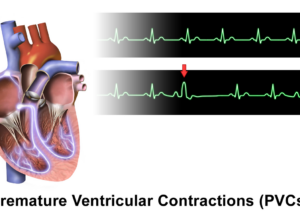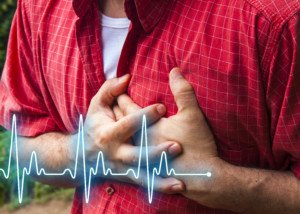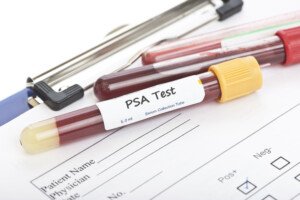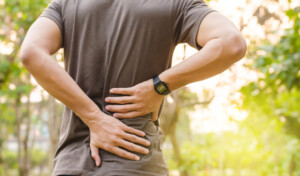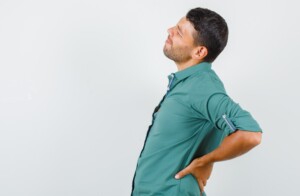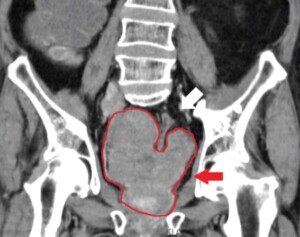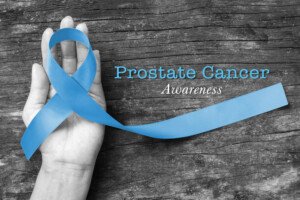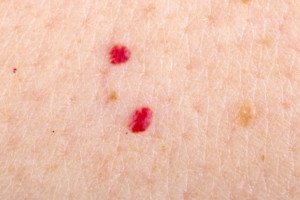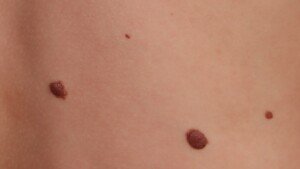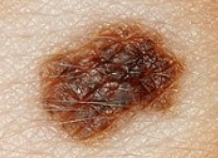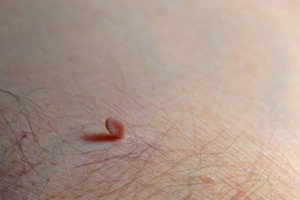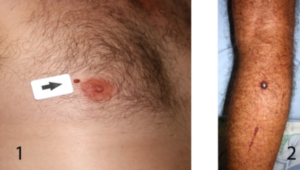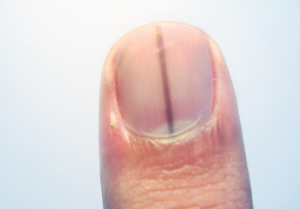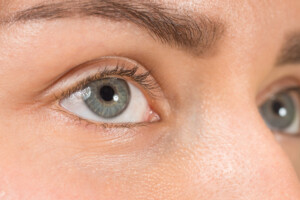
Can exercise, rather than drugs, be beneficial for premature ventricular contractions?
Or is it the other way around—that some kinds of exercise can increase PVC’s?
Sedentary Men with PVCs Benefit from Exercise
• 196 sedentary middle-aged men who had PVCs were put on an exercise program for 18 months.
• For the men who adhered well to the regimen, the work threshold for the trigger of PVCs increased (meaning, a higher level of exercise was necessary to bring out the PVCs when compared to before the exercise program was implemented).
• Frequency of PVCs was reduced. (American Journal of Cardiology, 4/73, vol 31, issue 4)
So for starters, if you’re a middle-aged sedentary man who gets premature ventricular contractions, exercise will likely reduce these.
If light to medium exertion brings on PVCs (i.e., carrying a crate of books up the stairs), then as you become more conditioned from structured exercise, the amount of exertion needed to bring on PVCs will get higher.
Is there a “best” exercise for someone who has PVCs?
NOT getting enough exercise can trigger a premature ventricular contraction.
If you’ve been having PVCs, you’ll want to discuss marathon-based activity with a cardiologist to see if that’s safe.
Your doctor will want to give you a cardiac workup. You may be told to scale back.
However, it’s safe to make an effort to get in at least 8,000 steps, even 10,000, every day.
In addition, half an hour of medium exertion or 15 minutes of high intensity are safe as well (again, see a cardiologist just to be sure).

Freepik.com, jcomp
It seems intuitive that rhythmic aerobic exercise (hiking, incline walking, a step class, pedaling, running, sports like tennis) would be among the best exercises for premature ventricular contractions — without going overboard to the degree of a marathon.
For overall heart health, this kind of exercise is strongly recommended by many cardiologists, the American Heart Association and the American Council on Exercise.
Exercise for EVERYONE with PVC’s
“In general, people should get a healthy amount of exercise,” says Daniel P. Morin, MD, FACC, formerly Director of both Electrophysiology Research and Cardiovascular Research for Ochsner Health System, and currently Professor of Medicine and Cardiology at University of California, San Francisco.
“Some types of PVC’s may be increased during exercise, as some PVC’s only occur during a certain range of background heart rate,” explains Dr. Morin.
“For the same reason, other PVC’s may disappear during exercise. Exercise by itself is rarely the direct cause of PVCs.”
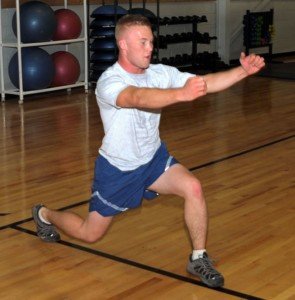
If you’re normally sedentary, but exercise brings on PVCs, see a cardiologist for an assessment and individualized recommendations.
On the other hand, if you have PVCs at rest, and notice that they don’t occur when you exercise, that’s good news.
A third possibility is that you have premature ventricular contractions at rest, but they increase with exercise. Again, it’s best to see a cardiologist.
The type of cardiologist you should see is an electrophysiologist.
This type specializes in the electrical activity of the heart, rather than the plumbing (arteries). This is a very important distinction.
Additional Triggers
• PVCs that seem to be triggered by exercise alone may actually be getting a boost from pre-exercise caffeine intake.

Shutterstock/NOBUHIRO ASADA
• Another potential trigger is anxiety over the idea that exercising may cause PVCs!
• Keep track — though not with a worried mindset — of your pulse when you’re performing moderate-level duties of day-to-day living such as hauling around heavy garbage, carrying toddlers up a flight of stairs, playing with the kids in the backyard, chasing around the dog, etc.
Usually when performing these tasks you’re not thinking of your heart rate.
Make a point of remembering to ask yourself, AFTER you’ve performed these tasks, “Did I have PVCs during any of that?”
There is no single specific exercise (e.g., walking lunges, certain yoga poses, leg pressing, dumbbell squats, Zumba) that’s been proven to be best for PVCs.
But the heart and overall body just love consistent aerobic and strength training.



